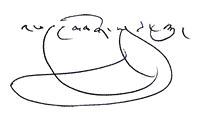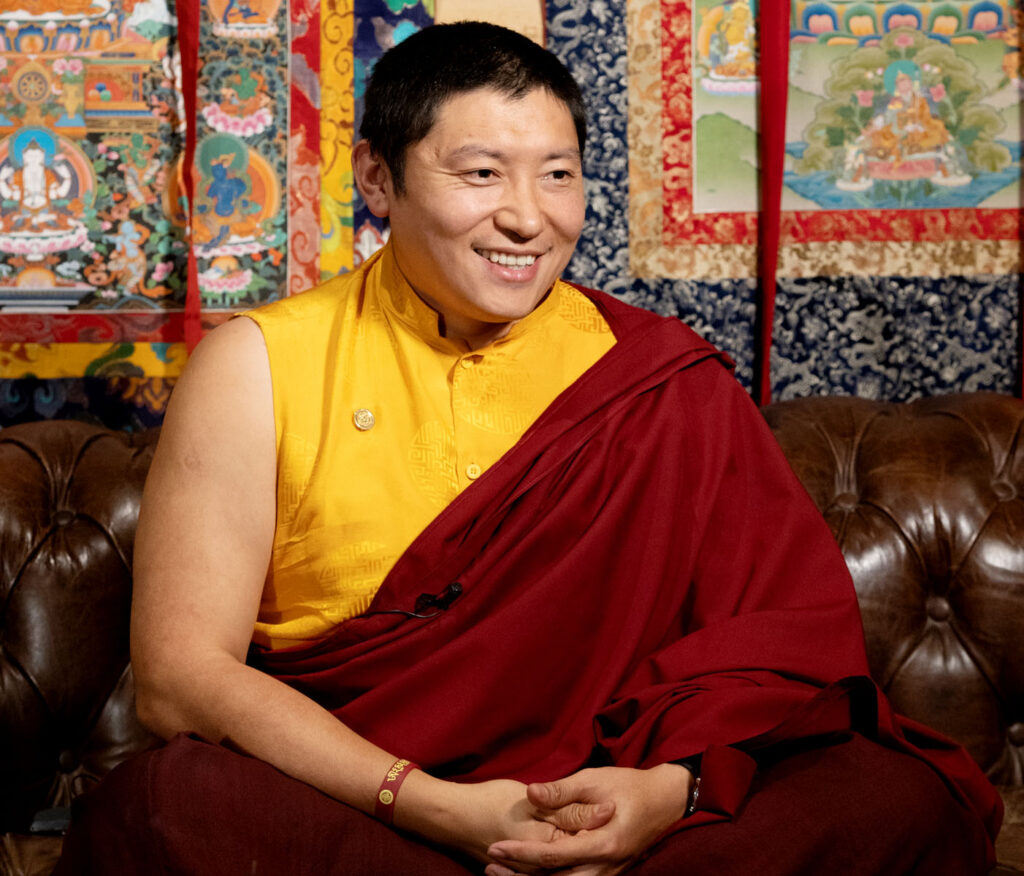Dear friends near and far
It is evening here in Boudhanath, Kathmandu and I’m sitting on my bed, drinking tea, and watching the World Cup: the first half of Chile versus Switzerland. Deliciously lost in time and deeply embedded in the samsaric way of life! At a time like this, if I try to recall the Buddha’s teaching on how one should spend their time, I am reminded of the three chakras or wheels:
- Allocating time for meditation
- Listening to, reading, and reflecting on the teachings
- Engaging in altruistic actions based on a good motivation
If possible, your meditation should be continuous and on a daily basis. The duration doesn’t matter; it can be for few seconds or minutes at first. Later on, you will be able to practice for hours at a time. When you make it a habit to meditate continuously, you’ll have fewer problems with your mind and the emotions that follow from thought patterns. So for instance, while watching the World Cup, in the moment of jubilation or grievance for your team, you can meditate for a few seconds and try to be mindful of those very feelings at that very moment. Isn’t that quite simple? Meditation, a term with just ten letters, can sometimes seem to bear a certain weight because of the length of sessions and its meaning and so sometimes people tend to be too careful with it. This can happen to the point where we build a completely new environment for it: the right place to meditate, the right time to meditate, and the right circumstance to meditate. And in the process of planning, we lose out on time and hence a day skips by followed by a week and then we lose the entire momentum of wanting to meditate. So before you get entrapped in this repeated cycle, try not to plan too much and just meditate.
Before engaging in your meditation, you should have an understanding of ‘right view’: the view of emptiness, the empty nature of all phenomena. Many of us engaged in our different stages and types of meditation are sometimes completely lost in the method of meditation and while doing so we forget the ground, which is the view. Therefore, we should constantly reflect on the right view, emptiness. The great master Tilopa when instructing his heart student Naropa said, “If you don’t understand the right view then your meditation and conduct will not be right”. It is like, for instance, when someone is meditating and he/she says, “I am meditating”. The very fact that the word “I” is mentioned, and the attachment to the word “I”, means that your meditation is not right.
As a means for understanding and training in the right view and to understand emptiness, it’s helpful to use Atisha’s technique of burjom, cutting through thoughts as soon as they arise. While investigating the nature of thought, it is mentioned that one should be like a lion and not like a dog. No matter what kind of feelings, thoughts, and emotions arise, don’t chase after them like a dog. Instead, think of where these feelings, thoughts, and emotions are arising from and like a lion jump on the person throwing the stick rather than chasing after the stick. In any kind of samsaric activities you are engaged in, try to do them with a good motivation and constantly check your emotions.
My root teachers repeatedly said that if a person doesn’t have mindfulness then that person is like a dead man. So while listening, reading, and reflecting on the teachings constantly check what kind of emotion is present and be mindful. Finally on this precious Guru Rinpoche Day, I want to advise you all to be calm while practicing and try to reflect on Atisha’s pith instruction and constantly look at your mind.
Keeping you all in my mind and my prayers.
Sarva Mangalam,

Phakchok Rinpoche






Responses